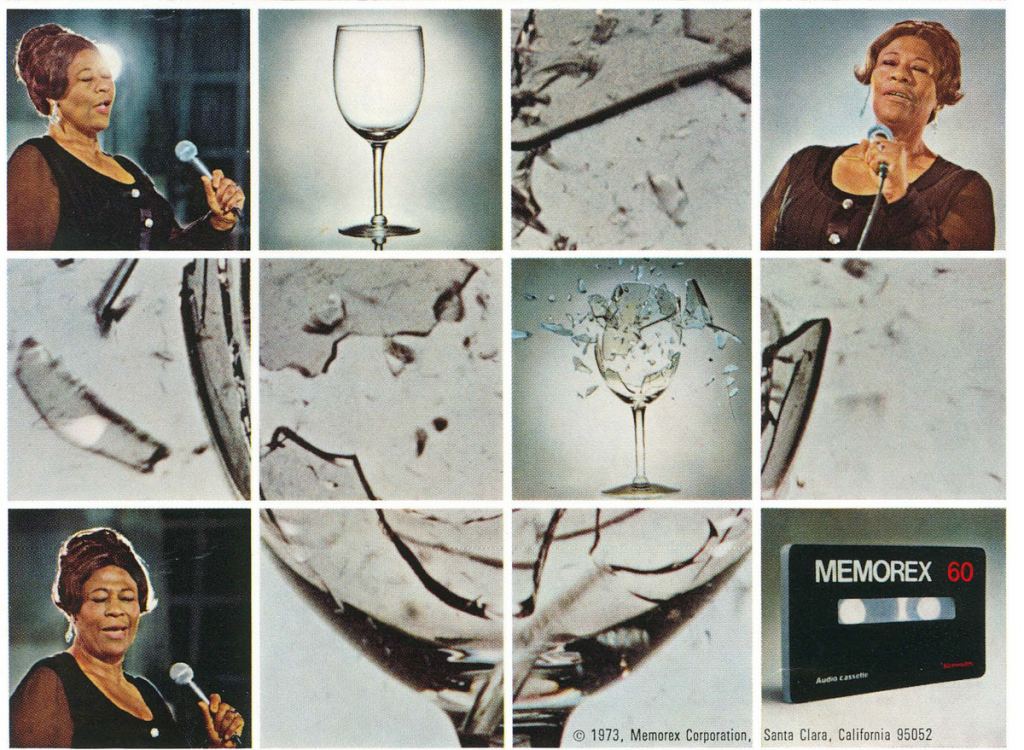Imagine trying to study an object light-years away that is less than 20 kilometers in diameter. The object is so dense that it’s made of material that can’t exist naturally on Earth. This is the challenge astronomers face when studying neutron stars, so they have to devise ingenious ways to do it. Recently a team figured out how to study them by using the power of resonance.
Resonance occurs when energy is given to a system near the natural oscillation frequency of an object. For example, if you want to make a swing go high, you can’t just pump your legs at any speed. You have to time things so that you are in sync with the natural motion of the swing. Do it right, and you can really get the swing going. Resonance is used in all kinds of things, from the receiver on your mobile phone to amusement park wave pools.

Perhaps the most famous demonstration of resonance is the 1970s Memorex commercial where jazz singer Ella Fitzgerald sang a high C so loud and pure that she could shatter a wine glass. Ella’s note was close enough to the natural frequency of the glass that it vibrated strongly enough for the glass to shatter. This is essentially the method the team used, but instead of sound, the study relied on gravitational waves to do the shattering.
When two neutron stars orbit each other closely, the gravitational attraction between them can cause the surface of these stars to flex slightly. If the rate of this flexing is in sync with a natural frequency of the star, the flexing builds to the point that the surface of the neutron star cracks, similar to the way a wine glass shatters. When the surface cracks, the star emits a bright burst of gamma rays. The effect is known as a Resonant Shattering Flare. We can observe these gamma-ray flares every time the surface shatters.

Of course, neutron stars can emit gamma-ray flares for other reasons as well. So to determine which flares are from resonance, the team proposes looking at gravitational waves as well. Closely orbiting neutron stars emit gravitational waves as they spiral ever closer together. The frequency of these gravitational waves could tell astronomers the frequency at which the neutron star surface is being flexed. The combination of gamma-ray and gravitational wave observations would allow astronomers to determine the resonant frequency of the neutron star.
As the team points out, this would allow astronomers to understand what’s known as the symmetry energy of nuclear material. This relates to the ratio of protons and neutrons in the nucleus of an atom, and by studying symmetry energy astronomers could better understand the interiors of neutron stars.
Reference: Neill, Duncan, William G. Newton, and David Tsang. “Resonant Shattering Flares as Multimessenger Probes of the Nuclear Symmetry Energy.” Monthly Notices of the Royal Astronomical Society (2021): stab764.

